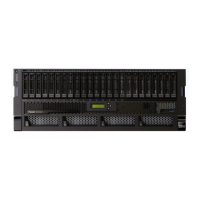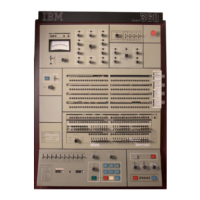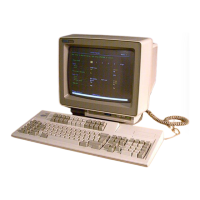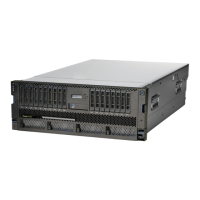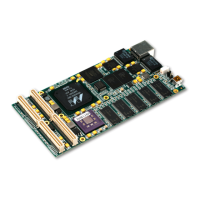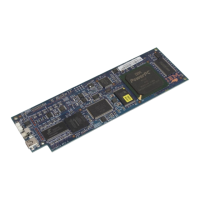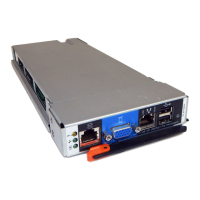------------------------------ EDIT - ENTRY PANEL ---------------------------
COMMAND ===> tso exec rexx.exec(timegame) exec
ISPF LIBRARY:
PROJECT ===> PREFIX
GROUP ===> REXX ===> ===> ===>
TYPE ===> EXEC
MEMBER ===> TIMEGAME (Blank for member selection list)
OTHER PARTITIONED OR SEQUENTIAL DATA SET:
DATA SET NAME ===>
VOLUME SERIAL ===> (If not cataloged)
DATA SET PASSWORD ===> (If password protected)
PROFILE NAME ===> (Blank defaults to data set type)
INITIAL MACRO ===> LOCK ===> YES (YES, NO or NEVER)
FORMAT NAME ===> MIXED MODE ===> NO (YES or NO)
Running an Exec Implicitly
Running an exec implicitly means running an exec by simply entering the member
name of the data set that contains the exec. Before you can run an exec implicitly,
you must allocate the PDS that contains it to a system file (SYSPROC or
SYSEXEC).
SYSPROC is a system file whose data sets can contain both CLISTs and execs.
(Execs are distinguished from CLISTs by the REXX exec identifier, a comment at
the beginning of the exec the first line of which includes the word "REXX".)
SYSEXEC is a system file whose data sets can contain only execs. (Your
installation might have changed the name to something other than SYSEXEC, but
for the purposes of this book, we will call it SYSEXEC.) When both system files are
available, SYSEXEC is searched before SYSPROC.
Allocating a PDS to a System File
To allocate the PDS that contains your execs to a system file, you need to do the
following:
v Decide if you want to use the separate file for execs (SYSEXEC) or combine
CLISTs and execs in the same file (SYSPROC). For information that will help you
decide, see “Things to Consider When Allocating to a System File (SYSPROC or
SYSEXEC)” on page 174.
v Use one of the following two checklists for a step-by-step guide to writing an
exec that allocates a PDS to a system file.
–“Checklist #3: Writing an Exec that Sets up Allocation to SYSEXEC” on
page 191
–“Checklist #4: Writing an Exec that Sets up Allocation to SYSPROC” on
page 192
After your PDS is allocated to the system file, you can then run an exec by
simply typing the name of the data set member that contains the exec. You can
type the member name in any of the following locations:
– At the READY prompt
READY
timegame
– From the COMMAND option of ISPF/PDF
Running an Exec
Chapter 2. Writing and Running a REXX Exec 17

